What to Expect When You Onboard a Virtual Medical Scribe Service
In the evolving landscape of healthcare, providers are seeking smarter ways to manage documentation without sacrificing patient interaction. Virtual medical scribes have emerged as a reliable solution—helping physicians shift their focus from data entry to direct care. If you're planning to adopt this service, understanding the onboarding experience is crucial.
Here’s a complete walkthrough of what healthcare professionals can anticipate when implementing a virtual medical scribe solution.
What Does a Virtual Medical Scribe Actually Do?
A virtual medical scribe listens to live clinical encounters through a secure connection and updates the patient’s electronic medical record (EMR) in real-time. This process occurs remotely, allowing physicians to offload documentation tasks without having someone physically present in the exam room.
By using virtual medical scribe services, physicians improve documentation accuracy, optimize time management, and maintain compliance with regulatory standards.

Onboarding Overview: Step-by-Step Experience
Bringing a virtual scribe into your workflow doesn’t have to be disruptive. Here's how the process typically unfolds:
1. Initial Assessment and Workflow Review
The journey begins with a detailed consultation. The scribe provider evaluates your current documentation process, identifies pain points, and outlines areas where virtual assistance can enhance efficiency.
Key aspects covered include:
- Clinical specialty and patient volume
- Existing EMR systems
- Specific documentation preferences
This evaluation helps the provider align their medical scribe services with your daily routine.
2. System Setup and Compliance Configuration
Next, the technical framework is established. This phase includes:
- Configuring secure video/audio links
- Granting scribe access to EMRs under strict HIPAA protocols
- Ensuring compatibility with in-house systems
A reliable virtual medical scribe solution requires secure, seamless integration to function effectively without compromising patient data.
3. Scribe Assignment and Tailored Training
Your assigned scribe undergoes comprehensive training to match your communication style, documentation needs, and specialty-specific terminology. They’re also briefed on how you prefer SOAP notes or customized templates.
This personalized training ensures the virtual scribe fits into your existing clinical rhythm rather than disrupting it.
What Changes Once a Scribe Is Onboard?
Adopting a virtual scribe service introduces several noticeable improvements:
Reduced Administrative Load
Physicians no longer have to split their attention between patients and paperwork. Most encounter notes are completed before the consultation ends.
Improved Accuracy and Timeliness
Virtual scribes focus solely on documenting in real-time, helping eliminate overlooked details and delays in EMR updates.
Better Patient Communication
Freed from constant typing or navigating screens, physicians can maintain uninterrupted eye contact and focus entirely on patient concerns.
Long-Term Advantages of Virtual Medical Scribe Services
Beyond daily convenience, virtual scribe services deliver strategic benefits over time:
- Higher productivity per day without extending work hours
- Less after-hours charting, helping prevent physician burnout
- Scalable support—ideal for growing practices and fluctuating workloads
With a trusted medical scribe solution, your clinical operations become more streamlined and adaptable.
Why Partner with Medical Scribe
If you're seeking a reliable U.S.-based scribe provider, Medical Scribe offers a tailored approach for solo practitioners, group clinics, and hospitals. Their services stand out for several reasons:
- Trained scribes with knowledge across various specialties
- Integration with multiple EMRs, ensuring flexibility
- Real-time documentation that supports quality patient care
- Dedicated support team to help with onboarding and beyond
Their virtual medical scribe services are designed for rapid implementation with minimal disruption—giving providers the confidence to focus fully on clinical duties.
What to Clarify Before Committing
To ensure you’re selecting the right scribe partner, consider the following:
- Is the service compliant with HIPAA and other regulations?
- Does the team offer specialty-specific scribes?
- Are there flexible options to scale the service?
- What is the support structure if issues arise?
These questions help you evaluate whether the provider’s virtual medical scribe solution aligns with your operational goals.
Final Thoughts
Onboarding a virtual medical scribe isn’t just about outsourcing documentation—it's a strategic decision to enhance patient care, reduce stress, and reclaim clinical time. With a trusted partner like Medical Scribe, you gain more than a remote assistant—you get a seamless extension of your practice.
Frequently Asked Questions
1. How long does it take to onboard a virtual medical scribe?
Most providers complete the onboarding process within 3 to 7 business days, depending on EMR setup and customization needs.
2. Will a virtual medical scribe be familiar with my medical specialty?
Yes, scribe services like Medical Scribe assign scribes trained in your specific field—be it cardiology, orthopedics, or family medicine.
3. Do I need special equipment to use a virtual medical scribe?
Generally, all you need is a secure internet connection, a webcam, and microphone. The scribe service sets up HIPAA-compliant software on your existing systems.
4.Can virtual scribes work with any EMR or EHR system?
Most virtual medical scribe services are compatible with widely used EMRs like Epic, Cerner, Athenahealth, and eClinicalWorks. Providers should confirm compatibility during the consultation.
5. How does real-time documentation work during patient visits?
The scribe listens to the live consultation remotely and updates the patient’s medical record in real-time, allowing immediate review and edits post-visit.





